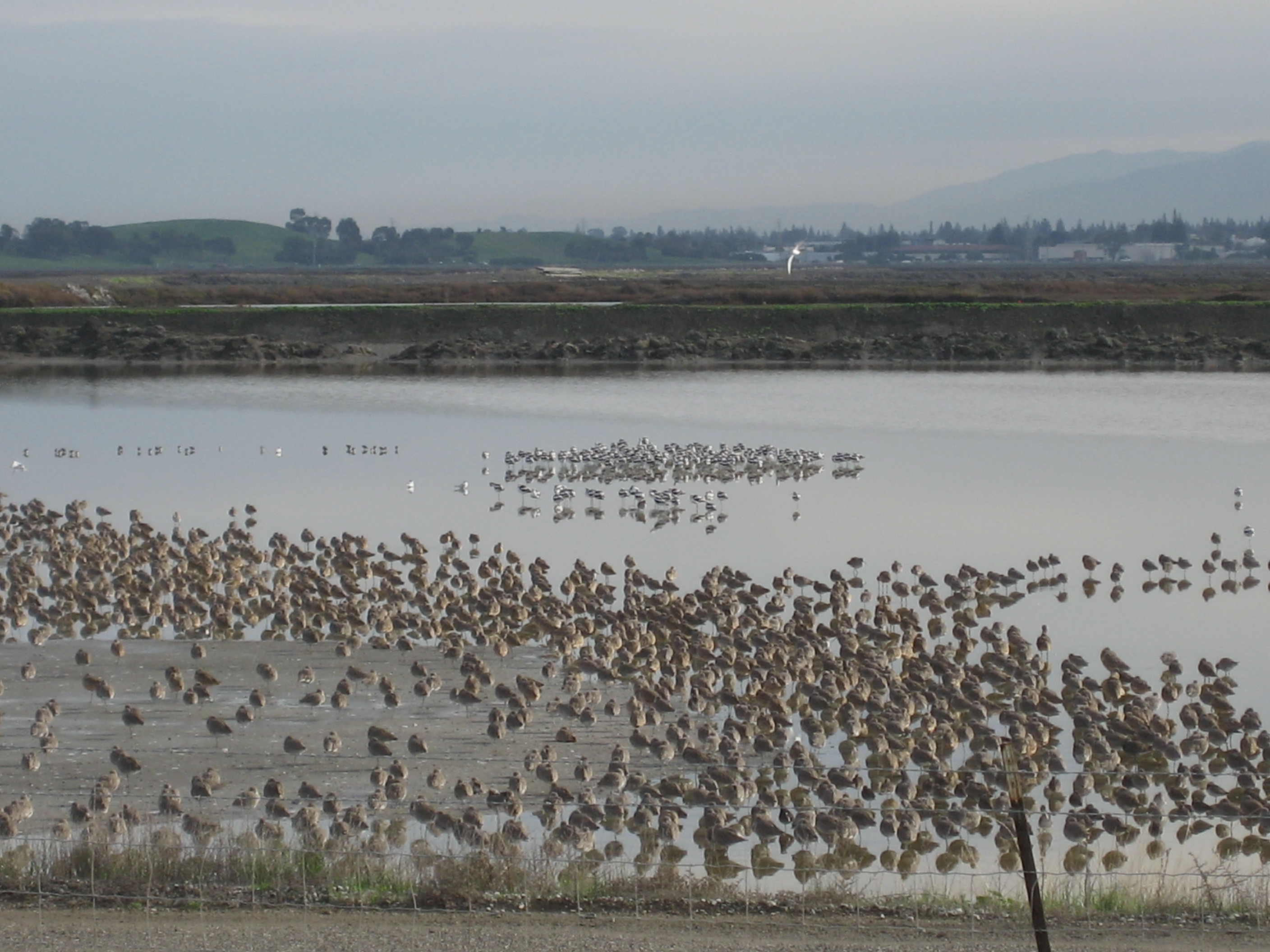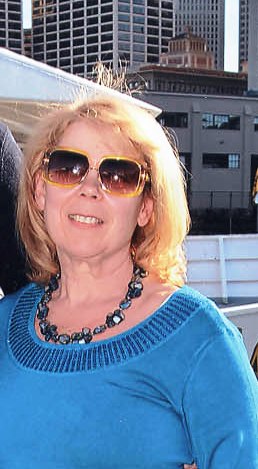|
||||
 Redwood City “Saltworks” would divide South Bay wetlands The proposed “Saltworks” development in Redwood City would fragment the Peninsula’s bayfront open space, cutting off the restoration efforts at Bair Island from the rest of the South Bay Salt Pond Restoration Project.
The 1,433-acre property, east of Highway 101 and south of Seaport Boulevard, comprises former salt-crystallization ponds. Cargill Inc. and DMB Associates propose building here, over the next 25 years, 1,200 units of housing, a million square feet of commercial uses, a 63-acre sports park (i.e. sports fields), five schools, and a waste water-treatment center. Only 440 acres is planned for wetland restoration. The development would have numerous intrinsic problems, including the danger of flooding if seawalls were to rupture from earthquakes, problems with the proposed water sources, potential maintenance problems when water levels rise as the climate warms, and increased congestion on already gridlocked Highway 101 and Woodside Road. The plan includes a “transit loop” linking the development to the Caltrain terminal and a proposed ferry terminal, but there are no guarantees that the terminal would be built or that the cash-strapped transit agencies would operate such lines. More broadly, San Francisco Bay has already lost 90% of its wetlands. The former Cargill salt ponds are the last large privately held piece of restorable wetlands on the Bay. Restoration of the 1,433 acres of salt ponds into healthy wetlands would contribute more to our community and our ecosystem than would houses and pavement. |
||||

